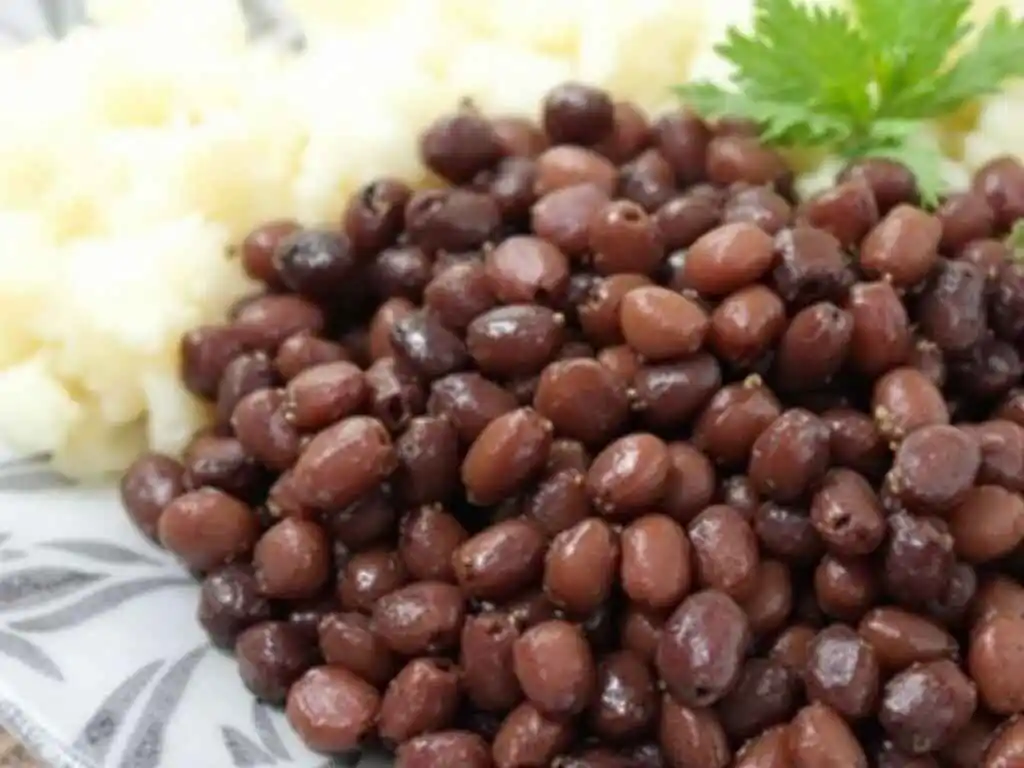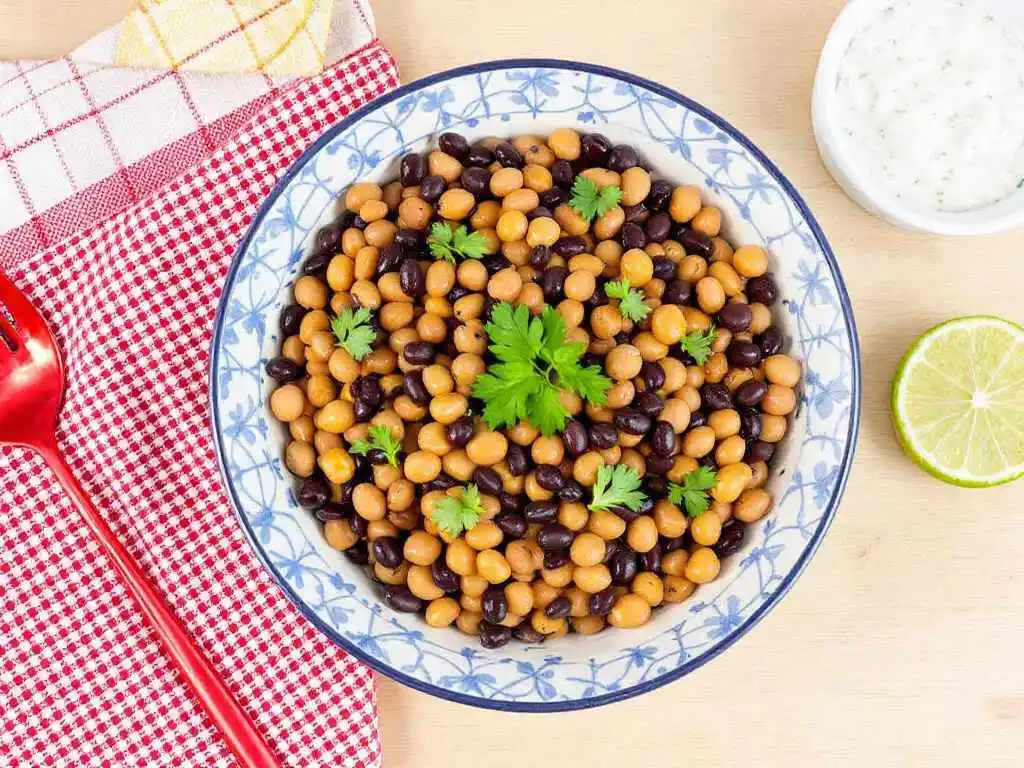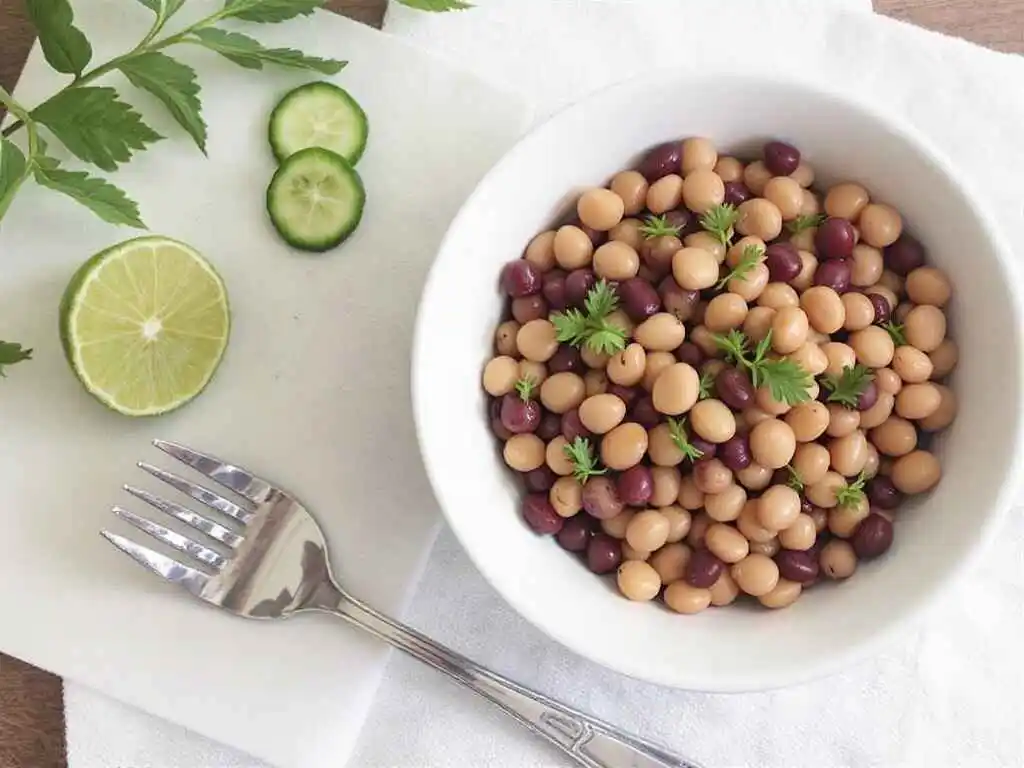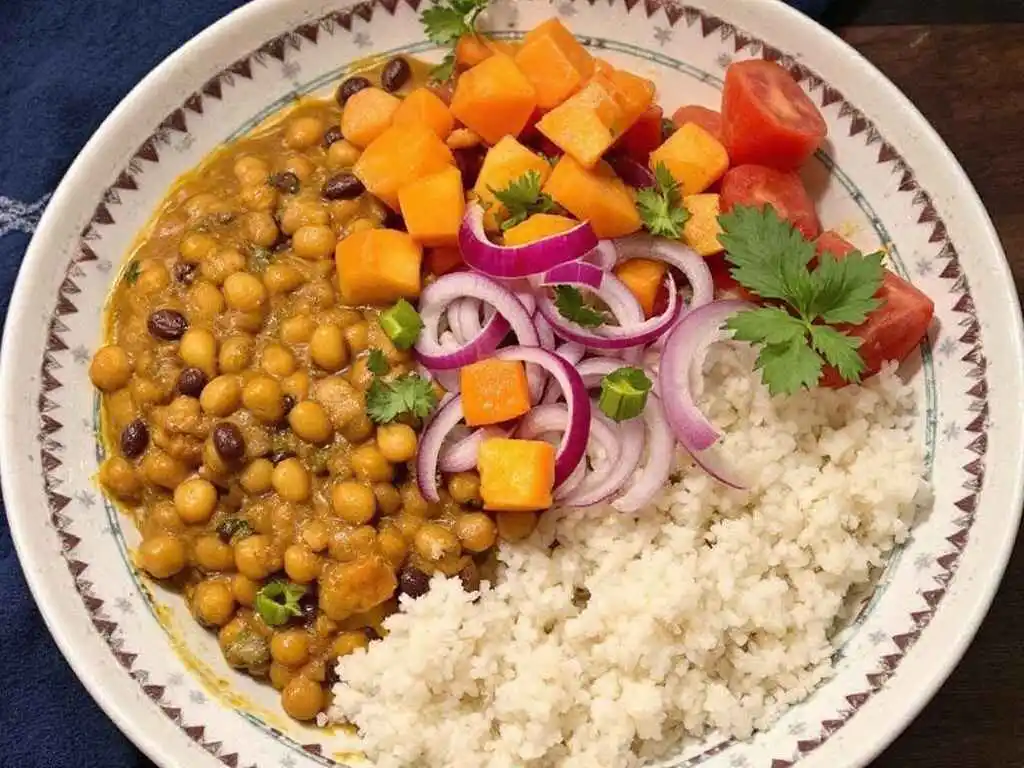Black-eyed peas, also known as cowpeas, are a versatile and nutritious legume that has been a staple in many cultures worldwide. Whether you want to add more plant-based meals to your diet or explore new flavors, seasoning black-eyed peas without meat can be a delightful culinary adventure. In this blog, we’ll dive into the art of seasoning black-eyed peas, exploring various techniques, ingredients, and recipes to help you create mouthwatering dishes that are both satisfying and meat-free.
The Basics of Black-Eyed Peas
Before we dive into the seasoning, let’s briefly discuss what black-eyed peas are and why they are such a fantastic ingredient. Black-eyed peas are small, cream-colored beans with a distinctive black spot that resembles an eye. They are rich in protein, fiber, and various vitamins and minerals, making them a nutritious addition to any diet.
Black-eyed peas are commonly used in Southern U.S. cuisine, particularly in dishes like Hoppin’ John, a traditional New Year’s dish believed to bring good luck. They are also popular in African, Caribbean, and Indian cuisines, each with its unique way of preparing and seasoning these versatile legumes.
Recipes to Try
Now that you have a basic understanding of how to season black-eyed peas, let’s explore some recipes that showcase their versatility.
1. Smoky Black-Eyed Peas

Ingredients:
- 2 cups black-eyed peas, soaked and drained
- 1 onion, finely chopped
- 2 cloves garlic, minced
- 1 tbsp olive oil
- 1 tsp smoked paprika
- 1 tsp thyme
- 1 tsp salt
- ½ tsp black pepper
- 2 cups vegetable broth
- 1 tbsp molasses (optional)
Meat Fondue Recipes
Instructions:
- Heat the olive oil in a large pot over medium heat. Add the onion and garlic, and sauté until softened.
- Add the smoked paprika, thyme, salt, and black pepper. Stir to combine.
- Add the black-eyed peas and vegetable broth. Bring to a boil, then reduce the heat and simmer until the peas are tender.
- Stir in the molasses (if using) and adjust the seasoning to taste.
- Serve hot with rice or cornbread.
2. African-Inspired Black-Eyed Peas

Ingredients:
- 2 cups black-eyed peas, soaked and drained
- 1 onion, finely chopped
- 2 cloves garlic, minced
- 1 tbsp palm oil (or vegetable oil)
- 1 tsp ginger, grated
- 1 tsp cumin
- 1 tsp coriander
- 1 tsp salt
- ½ tsp black pepper
- 2 cups vegetable broth
- 1 tomato, diced
Instructions:
- Heat the palm oil in a large pot over medium heat. Add the onion and garlic, and sauté until softened.
- Add the ginger, cumin, coriander, salt, and black pepper. Stir to combine.
- Add the black-eyed peas, vegetable broth, and diced tomato. Bring to a boil, then reduce the heat and simmer until the peas are tender.
- Adjust the seasoning to taste and serve hot with rice or flatbread.
3. Caribbean Black-Eyed Peas

Ingredients:
- 2 cups black-eyed peas, soaked and drained
- 1 onion, finely chopped
- 2 cloves garlic, minced
- 1 tbsp coconut oil
- 1 tsp thyme
- 1 Scotch bonnet pepper, seeded and finely chopped
- 1 tsp salt
- ½ tsp black pepper
- 2 cups coconut milk
- 1 tbsp rum (optional)
Instructions:
- Heat the coconut oil in a large pot over medium heat. Add the onion and garlic, and sauté until softened.
- Add the thyme, Scotch bonnet pepper, salt, and black pepper. Stir to combine.
- Add the black-eyed peas and coconut milk. Bring to a boil, then reduce the heat and simmer until the peas are tender.
- Stir in the rum (if using) and adjust the seasoning to taste.
- Serve hot with rice or plantains.
4. Indian-Style Black-Eyed Peas Curry

Ingredients:
- 2 cups black-eyed peas, soaked and drained
- 1 onion, finely chopped
- 2 cloves garlic, minced
- 1 tbsp ghee or vegetable oil
- 1 tsp turmeric
- 1 tsp cumin
- 1 tsp coriander
- 1 tsp garam masala
- 1 tsp salt
- ½ tsp black pepper
- 2 cups vegetable broth
- 1 tomato, diced
- 1 cup coconut milk
Instructions:
- Heat the ghee or vegetable oil in a large pot over medium heat. Add the onion and garlic, and sauté until softened.
- Add the turmeric, cumin, coriander, garam masala, salt, and black pepper. Stir to combine.
- Add the black-eyed peas, vegetable broth, and diced tomato. Bring to a boil, then reduce the heat and simmer until the peas are tender.
- Stir in the coconut milk and adjust the seasoning to taste.
- Serve hot with rice or naan bread.
Preparing Black-Eyed Peas
Before you start seasoning your black-eyed peas, you need to prepare them properly. Here are the basic steps:
- Soaking: While not always necessary, soaking black-eyed peas can help reduce cooking time and improve digestibility. To soak, rinse the peas and then cover them with water. Let them soak for at least 4 hours or overnight. Drain and rinse before cooking.
- Cooking: Place the soaked (or unsoaked) peas in a pot with enough water to cover them by about an inch. Bring to a boil, then reduce the heat and simmer until tender. This can take anywhere from 30 minutes to an hour, depending on whether they were soaked and how old the peas are.
- Draining: Once the peas are tender, drain any excess water. They are now ready to be seasoned and used in your favorite recipes.
Essential Seasonings for Black-Eyed Peas
The key to flavorful black-eyed peas lies in the seasonings you use. Here are some essential seasonings that can elevate the taste of your black-eyed peas:
- Salt and Pepper: The foundation of any good seasoning. Start with a pinch of salt and pepper and adjust to taste.
- Garlic and Onions: These aromatics add depth and complexity to your peas. You can use fresh garlic and onions, or opt for powdered versions for convenience.
- Herbs: Fresh or dried herbs like thyme, oregano, and bay leaves can infuse your peas with delightful flavors. Experiment with different combinations to find your favorite.
- Spices: Spices like cumin, paprika, and chili powder can add warmth and heat to your peas. Start with a small amount and adjust to taste.
- Acid: A splash of lemon juice, vinegar, or tomato can brighten the flavors of your peas and add a tangy note.
Regional Variations
Different regions have their unique ways of seasoning black-eyed peas. Here are a few examples:
- Southern U.S.: In the Southern United States, black-eyed peas are often seasoned with ham or bacon. For a meat-free version, you can use smoked paprika or liquid smoke to achieve a similar smoky flavor. Adding a bit of molasses can also mimic the richness of meat.
- African: In African cuisine, black-eyed peas are often cooked with palm oil, which gives them a rich, reddish hue and a unique flavor. You can also add spices like ginger, cumin, and coriander for extra depth.
- Caribbean: In the Caribbean, black-eyed peas are often seasoned with coconut milk, thyme, and Scotch bonnet peppers for a creamy and spicy dish. Adding a bit of rum can also enhance the flavors.
- Indian: In Indian cuisine, black-eyed peas are often used in curries. Season them with spices like turmeric, cumin, coriander, and garam masala for a fragrant and flavorful dish.
Tips for Perfectly Seasoned Black-Eyed Peas
- Taste as You Go: Seasoning is a personal preference, so taste your peas as you cook them and adjust the seasonings accordingly.
- Use Fresh Ingredients: Fresh herbs and spices will give your peas the best flavor. If using dried herbs, add them earlier in the cooking process to allow their flavors to infuse.
- Balance Flavors: Aim for a balance of salty, sweet, sour, and spicy flavors. This will make your peas more interesting and delicious.
- Experiment: Don’t be afraid to try new combinations of herbs and spices. You might discover a new favorite way to season your black-eyed peas.
FAQs
1. Do I need to soak black-eyed peas before cooking?
Soaking black-eyed peas is not always necessary, but it can help reduce cooking time and improve digestibility. If you choose to soak them, rinse the peas and cover them with water for at least 4 hours or overnight. Drain and rinse before cooking.
2. Can I use canned black-eyed peas?
Yes, you can use canned black-eyed peas as a convenient alternative to dried peas. Just make sure to rinse and drain them before using in your recipes. Keep in mind that canned peas may have a softer texture and slightly different flavor compared to dried peas.
3. How do I achieve a smoky flavor without using meat?
To achieve a smoky flavor without using meat, you can use ingredients like smoked paprika, liquid smoke, or even a small amount of molasses. These ingredients can mimic the smoky richness typically provided by meat.
4. What are some good herbs and spices to use with black-eyed peas?
Some great herbs and spices to use with black-eyed peas include garlic, onions, thyme, oregano, cumin, paprika, chili powder, and bay leaves. Experiment with different combinations to find your favorite flavors.
5. Can I freeze cooked black-eyed peas?
Yes, you can freeze cooked black-eyed peas for later use. Allow the cooked peas to cool completely, then transfer them to an airtight container or freezer bag. They can be stored in the freezer for up to 3 months. Thaw in the refrigerator before reheating and using in your recipes.

2 thoughts on “Seasoning Black-Eyed Peas Without Meat”